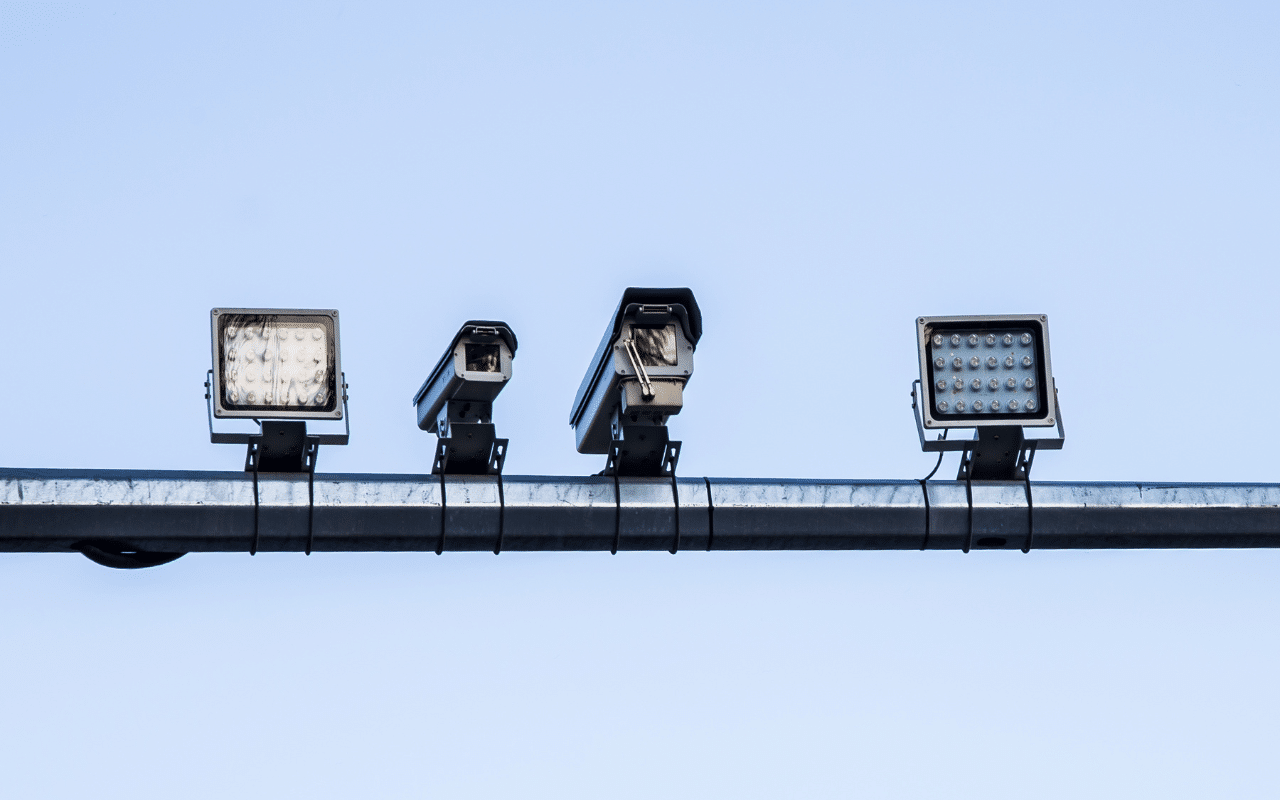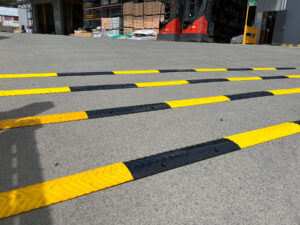

In the quest for safer roads, speed cameras have emerged as a controversial yet prevalent tool used by law enforcement agencies across the globe. While some drivers view them as mere money traps, evidence suggests that speed cameras play a significant role in enhancing road safety and reducing accidents. In this blog post, we’ll explore the effectiveness of speed cameras, delve into the facts, examine public perceptions, and consider how these devices contribute to safer driving environments.

Speed cameras are automated devices that monitor vehicle speeds and photograph vehicles that exceed the legal limit. They come in various forms, including fixed, mobile, and average speed cameras. Fixed cameras are usually positioned in high-risk areas, while mobile cameras can be deployed anywhere by law enforcement officers. Average speed cameras calculate a vehicle’s speed over a distance by using multiple cameras.
The primary goal of speed cameras is to deter speeding and encourage compliance with speed limits, ultimately aiming to reduce the number of accidents and fatalities on the roads.
 The question of whether speed cameras effectively reduce accidents has been the subject of extensive research. Here are some key findings that illustrate their impact:
The question of whether speed cameras effectively reduce accidents has been the subject of extensive research. Here are some key findings that illustrate their impact:
Numerous studies have consistently demonstrated that the presence of speed cameras leads to a significant reduction in vehicle speeds. A report by the Transport Research Laboratory in the UK found that average speeds in camera-monitored areas dropped by approximately 10%. When drivers know they are being watched, they tend to adhere more closely to speed limits.
Research indicates a strong correlation between speed cameras and reduced accident rates. For instance, a study by the UK Department for Transport revealed that speed cameras were responsible for a 40% reduction in fatal accidents in monitored areas. Another study conducted in Australia showed that areas with speed cameras experienced a 35% drop in serious injury accidents.
These findings suggest that speed cameras not only encourage drivers to slow down but also lead to a tangible decrease in road traffic accidents.
While the immediate impact of speed cameras can be significant, some studies suggest that their effectiveness may wane over time as drivers become accustomed to their presence. A report from the Queensland Government indicated that while speed cameras initially reduce speeding, the long-term effects may diminish. To maintain their deterrent effect, ongoing monitoring and occasional adjustments in camera placement may be necessary.
Speed cameras are often regarded as a cost-effective means of improving road safety. According to the Australian Transport Safety Bureau, every dollar spent on speed enforcement can yield up to $20 in accident cost savings. This is due to the reduction in hospital costs, emergency services, and property damage associated with road traffic incidents.

Despite the evidence supporting speed cameras, several concerns and criticisms persist. Let’s address some of the most common:
One of the primary criticisms of speed cameras is that they are more about generating revenue than ensuring public safety. Critics argue that local governments may prioritize the financial benefits of speeding fines over the intended safety outcomes. However, studies indicate that revenue from fines is often reinvested into road safety initiatives. For instance, many jurisdictions allocate funds from speeding tickets to programs aimed at improving road infrastructure or funding educational campaigns about safe driving.
Public perception of speed cameras can vary widely. Some drivers view them as a necessary safety measure, while others see them as traps designed to catch unsuspecting motorists. This divide in opinion can lead to resistance to speed enforcement measures. To improve public perception, it is crucial to engage in transparent communication about the purpose and effectiveness of speed cameras. Providing statistics, success stories, and educational materials can help foster a better understanding of their role in road safety.
As technology evolves, so too do speed enforcement methods. New systems, such as mobile speed cameras equipped with advanced analytics, can enhance the effectiveness of monitoring efforts. These technologies enable law enforcement agencies to target high-risk areas more effectively and ensure accurate assessments of driving behavior. Furthermore, the integration of speed cameras with other traffic management systems can create a comprehensive approach to road safety.
The evidence overwhelmingly supports the notion that speed cameras can effectively reduce accidents and enhance road safety. By encouraging compliance with speed limits, these devices contribute to lower accident rates, fewer fatalities, and a safer driving environment for everyone.
While concerns regarding revenue generation and public perception persist, the long-term benefits of speed cameras in saving lives and reducing serious injuries are undeniable. As we continue to seek solutions for safer roads, speed cameras remain a valuable tool in our arsenal.
See more of our blog posts here.



For 10 years, our focus has been on one thing: to provide one style of product and to do it well.
Our wheel stops, speed humps and rumble bars meet Australian Standards, don’t fade, and we’ve never needed to replace one.

For 10 years, our focus has been on one thing: to provide one style of product and to do it well.
Our wheel stops, speed humps and rumble bars meet Australian Standards, don’t fade, and we’ve never needed to replace one.